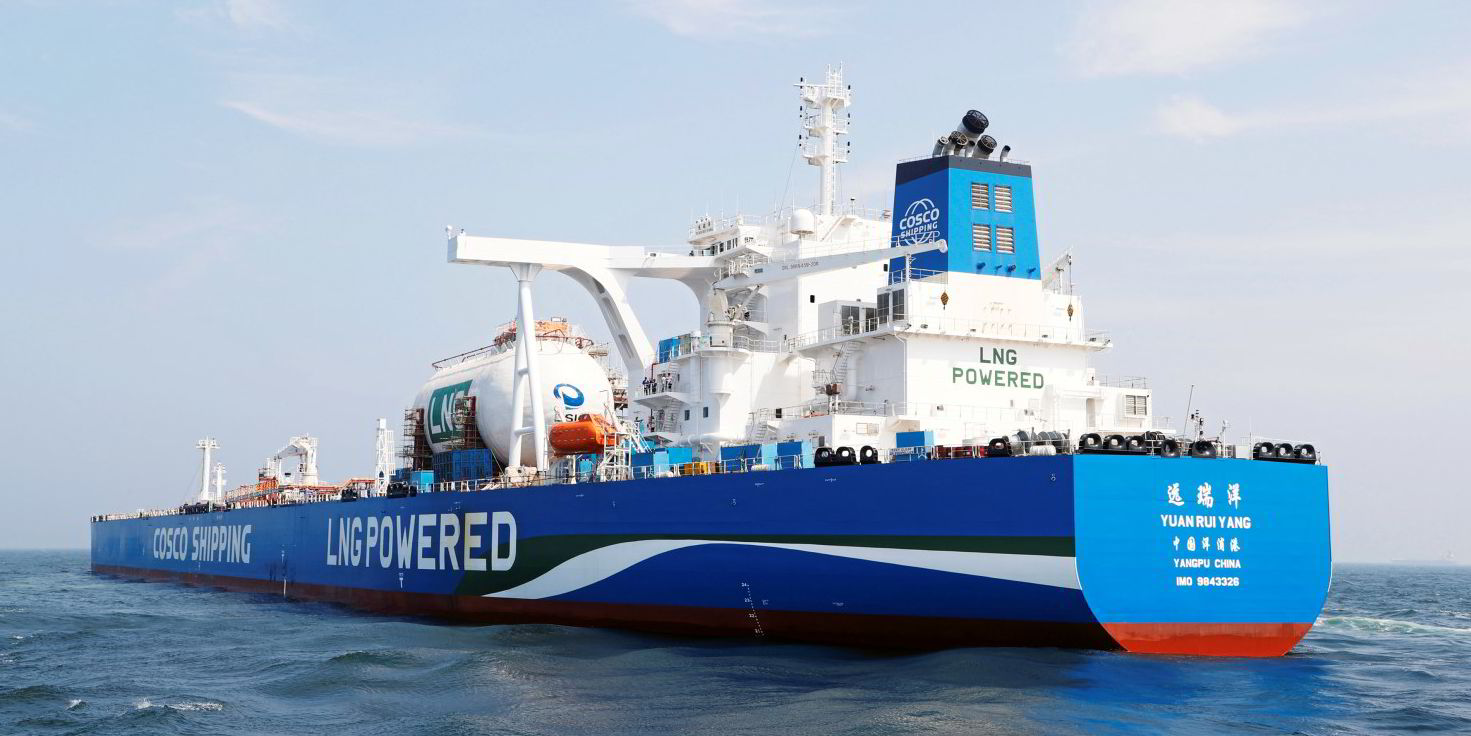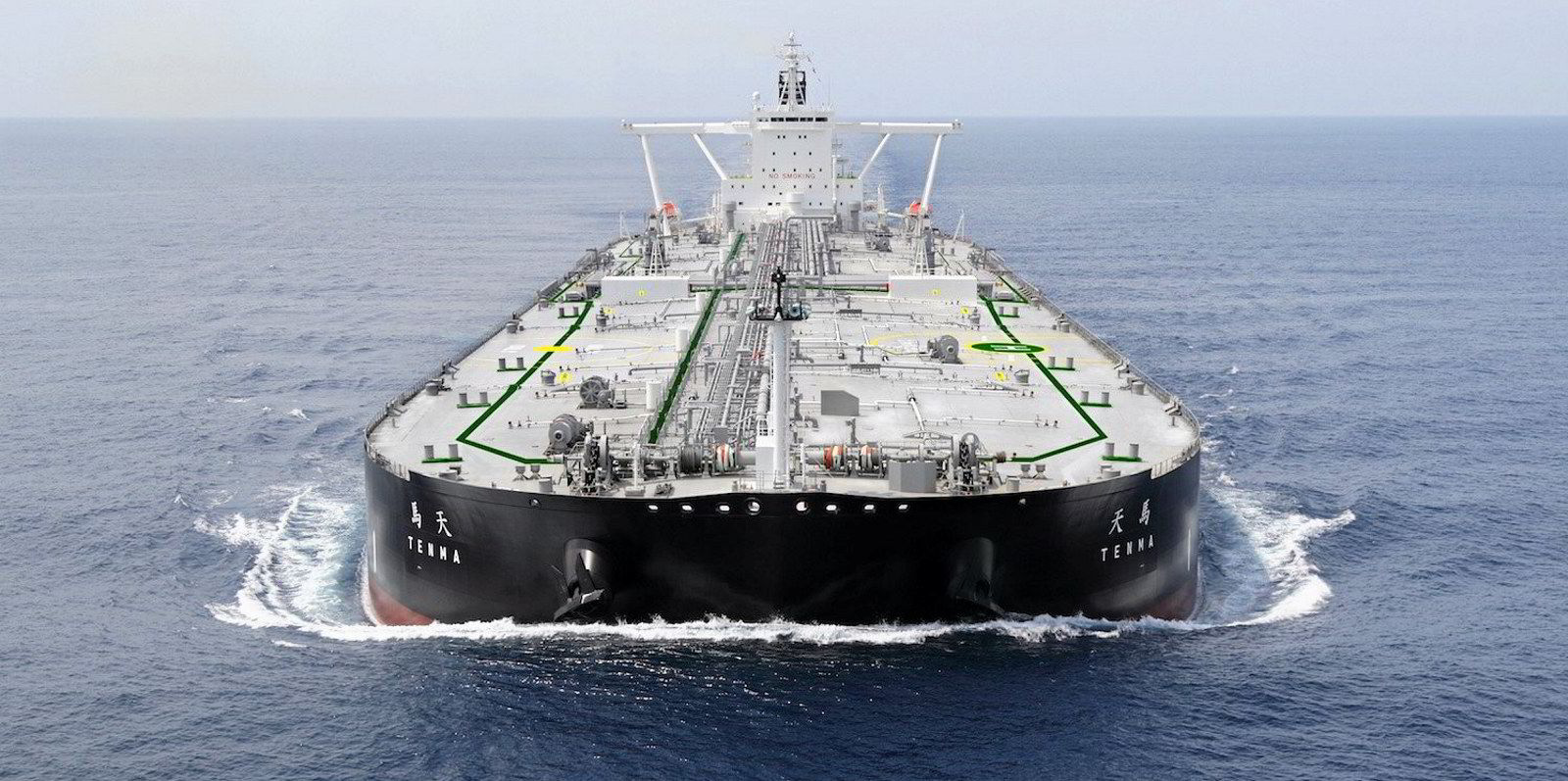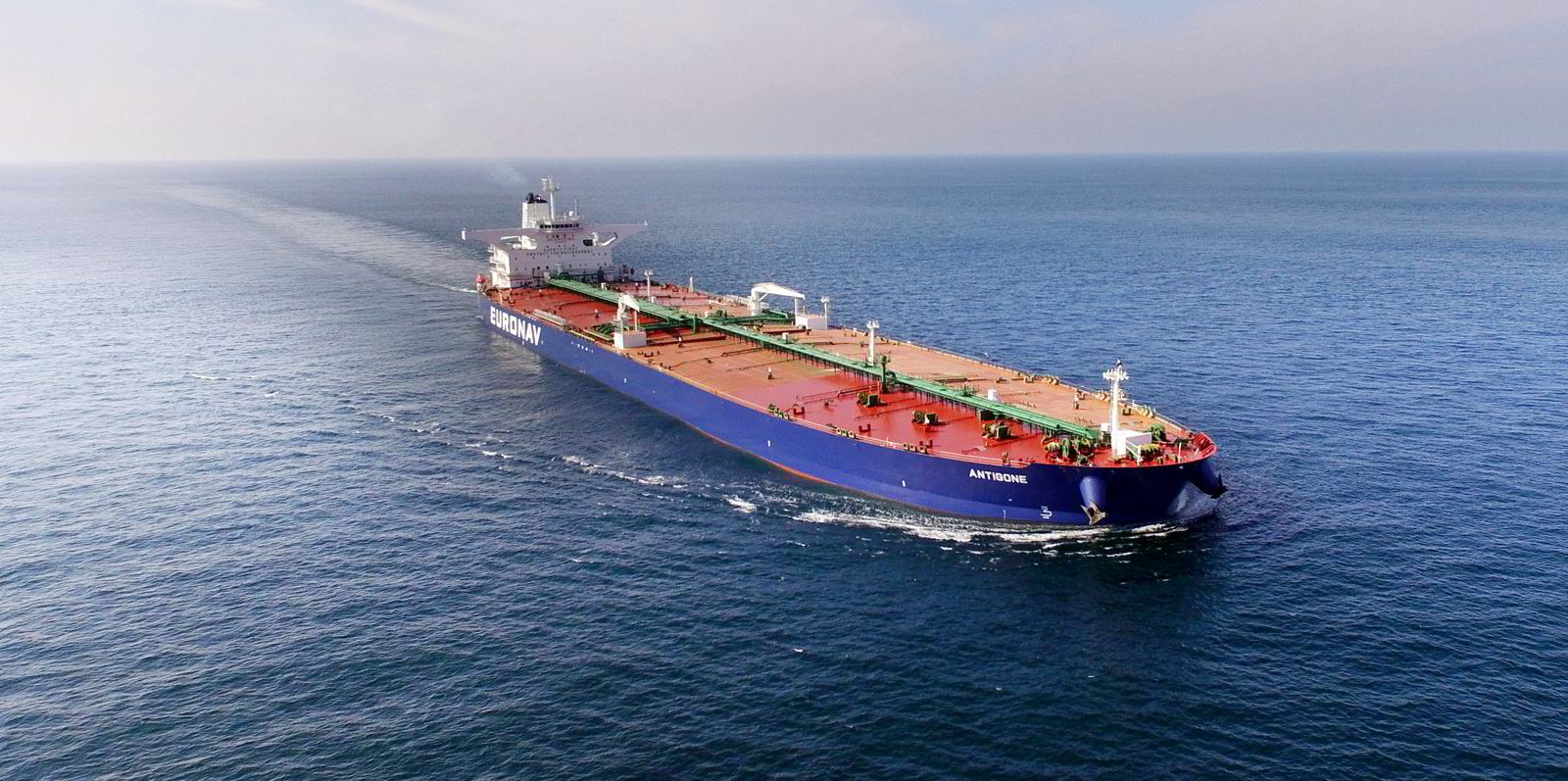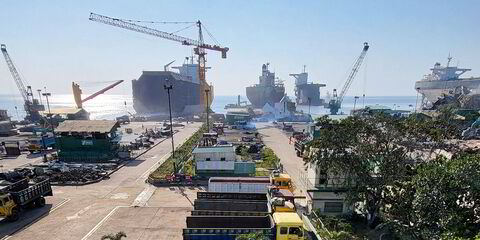China’s post-Covid economic recovery has been a key driver in the country’s crude and product demand rebound, says Clarksons.
The country accounted for 24% of global imports in 2022, giving the world’s second-largest economy a major role in the global seaborne oil trade.
“Chinese oil trade came under clear pressure in 2021-22, but after the easing of Covid-related restrictions late last year, volumes had been expected to rebound into 2023,” said Clarksons.
“So far, these expectations have largely been borne out, with oil demand, refinery runs and seaborne oil trade volumes picking up firmly in the year so far,” the broker added.
Last year, Chinese crude imports declined for a second consecutive year, falling 2% year on year to 9.1m barrels per day (bpd), with the “zero-Covid” policy and high oil prices impacting demand and refinery runs.
However, Clarksons said the lifting of Covid-related restrictions at the end of last year led to expectations of a rebound in oil trade in 2023 and so far this year, seaborne crude imports have risen 7% year on year to 10.1m bpd across the January to May period.
The broker said a key factor has been strong travel and transportation activity, which supported a 5% increase in oil demand to 15.9m bpd in the first five months of 2023.
“Against this backdrop, Chinese refinery runs have risen to 14.7m bpd across January-May, up 9% year on year, with additional support from strong refining margins and new refinery start-ups,” the broker said.
“Furthermore, crude import demand has also been sustained by refiners building inventories ahead of peak summer demand.”
Clarksons said China’s trade in tonne-mile terms has increased by 9% year on year across the first five months of 2023, helped by the shifting patterns in Chinese seaborne oil trade.
“Notably, China’s crude oil imports from Russia have risen 46% year on year to an estimated 1.6m – much of which is from the Black Sea and Baltic, partly reflecting the attractive pricing of Russian Urals grades helping to support refinery margins,” the broker said.
“Volumes on long-haul routes from ECSA [East Coast of South America] and the Caribbean have risen 30% year on year…to 1m bpd, rebounding from two years of declines.
“Meanwhile, the Middle East continues to account for over 50% of China’s crude supplies, though MEG [Middle East and Gulf] volumes have fallen by 3% year on year… reflecting Russia taking a larger share of the Chinese market and the impact of Opec output cuts in place since November 2022,” the shipbroker added.
Clarksons said Chinese oil products trade has also had a strong start to the year, with seaborne exports up 48% year on year at 1m bpd between January and May, amid a large first batch of export quotas and attractive export pricing.
Meanwhile, products imports across the same period were up 82% year on year at 900,000 bpd, partly due to China’s independent refiners ramping up fuel oil imports as cargo inspections at Shandong have reduced supplies of feedstock bitumen, the broker said.
Clarksons said that 2023 is shaping up to be a more positive year for Chinese oil trade and it seems clear that China’s recent rebound has been one of the key factors providing underlying support to tanker demand.
“Despite some uncertainty around the short-term outlook, with potential for ‘uneven’ economic progress, a range of positive drivers are expected to support both China’s oil demand and its seaborne crude and products trade,” the broker said.





